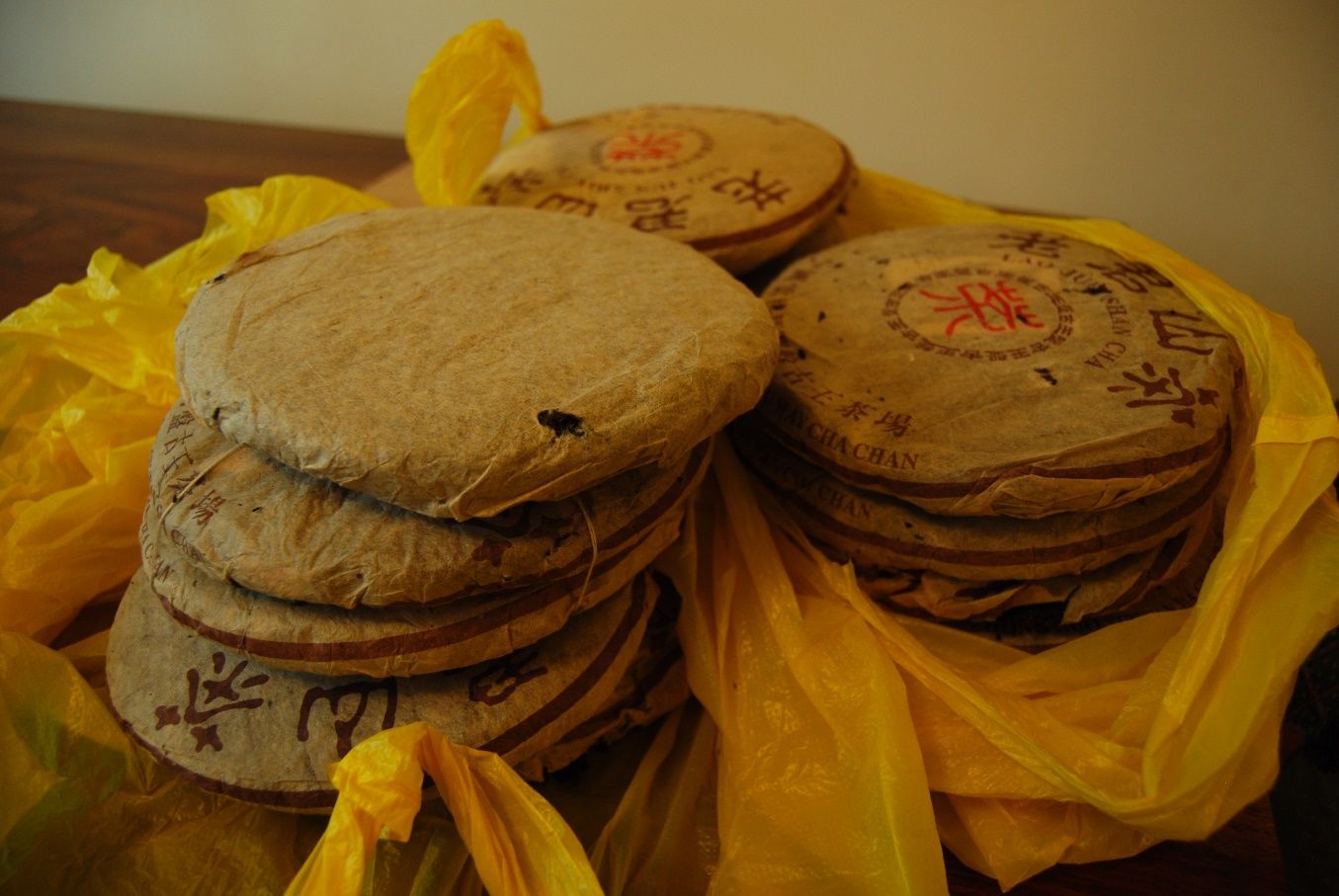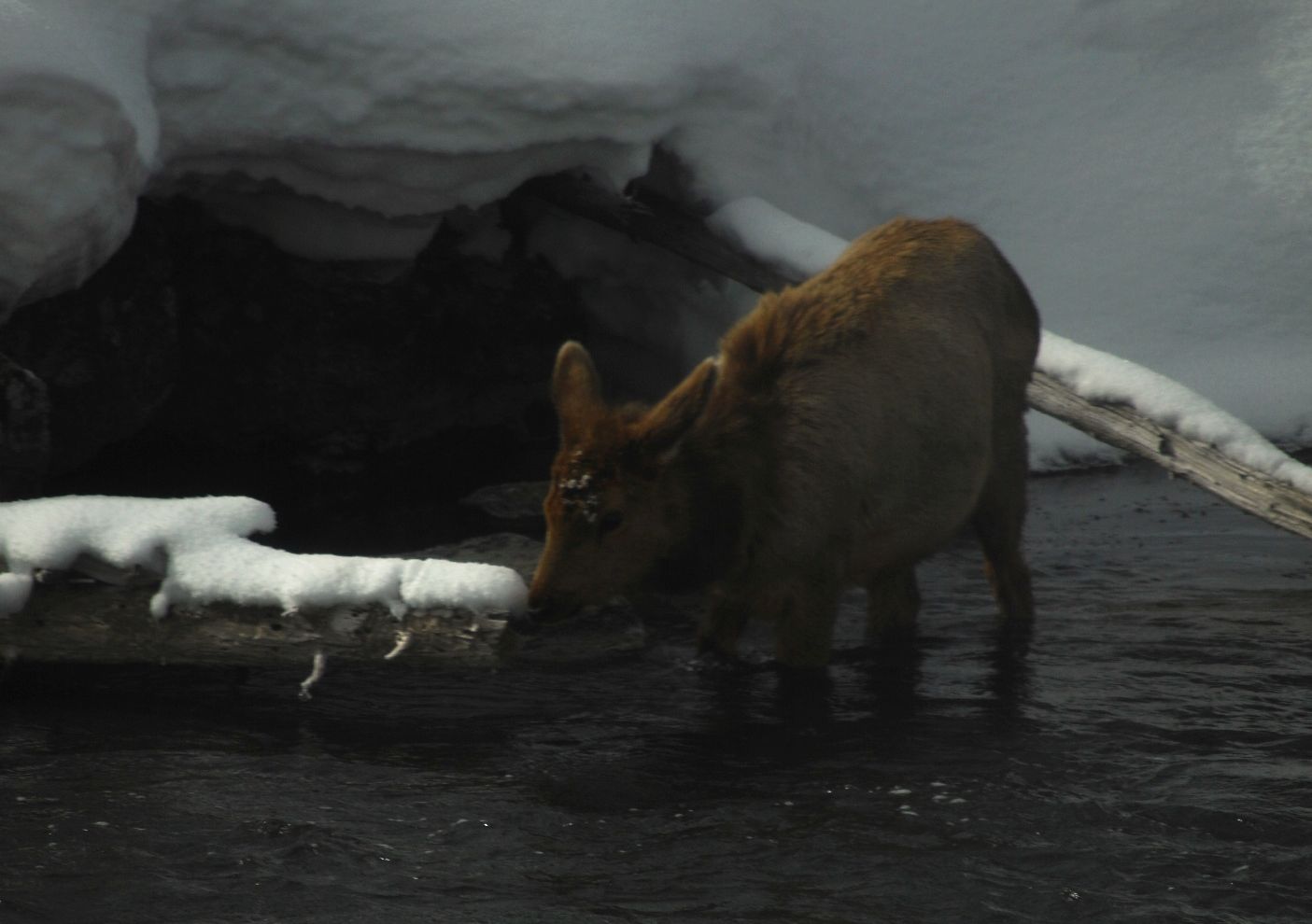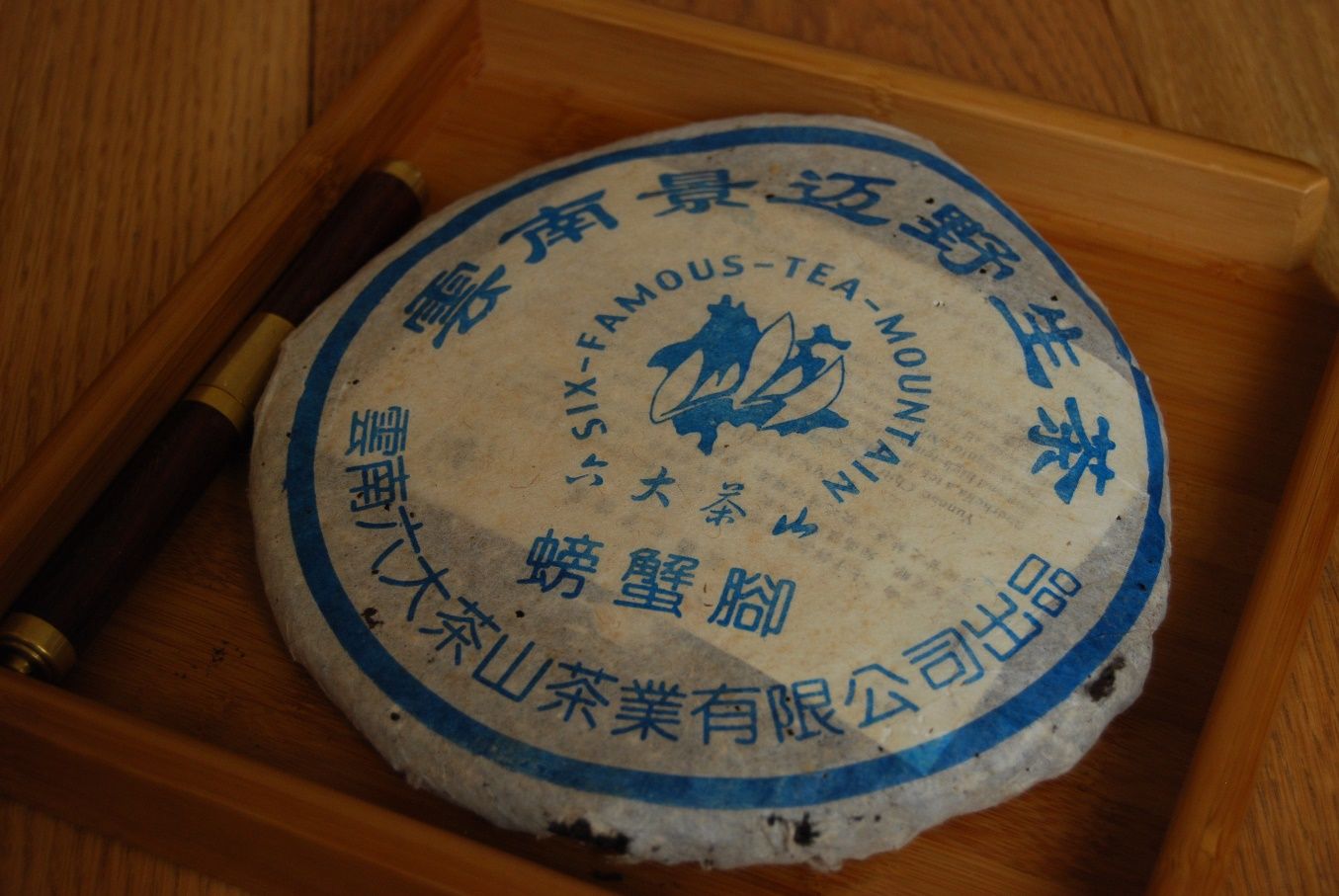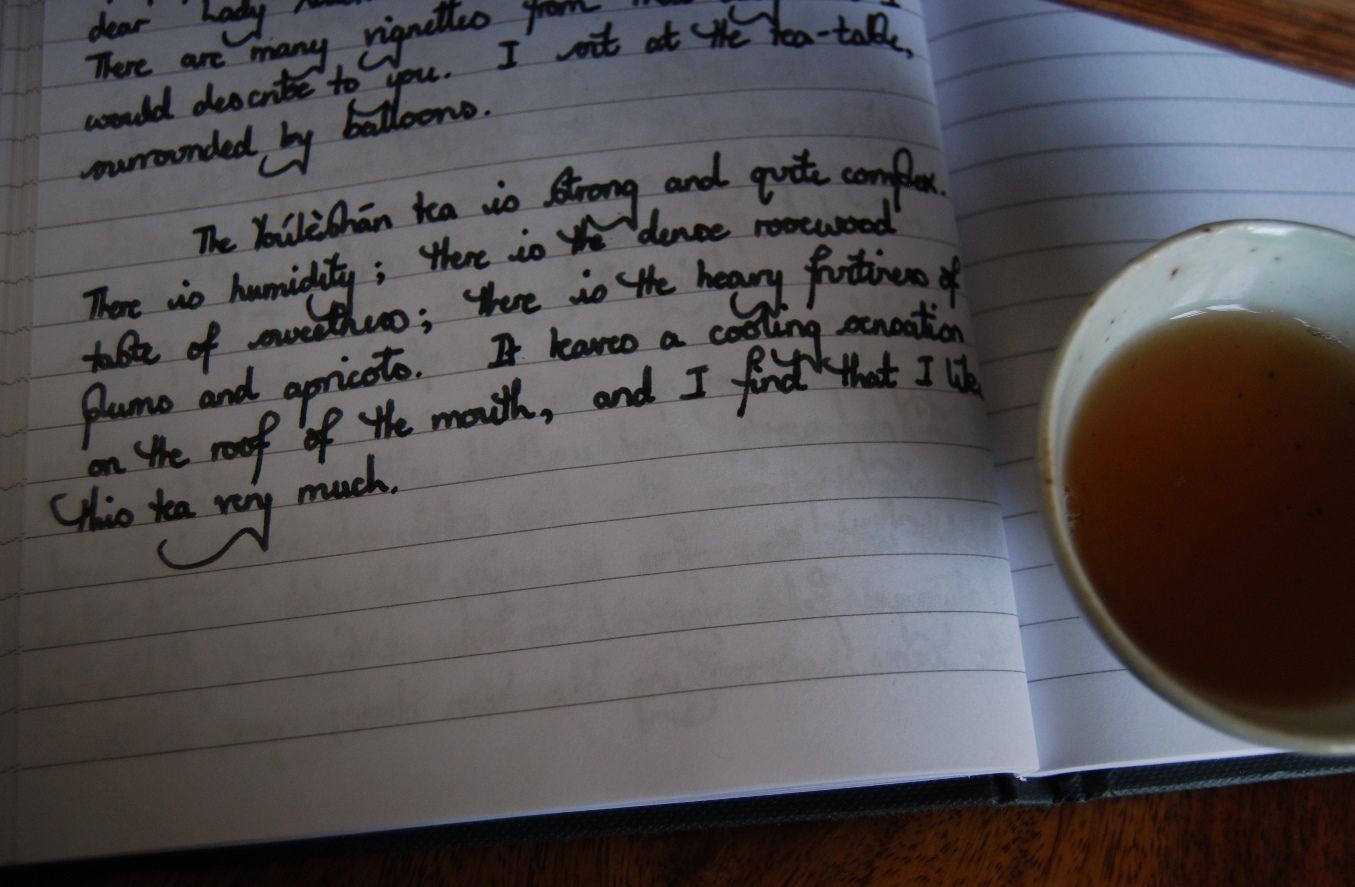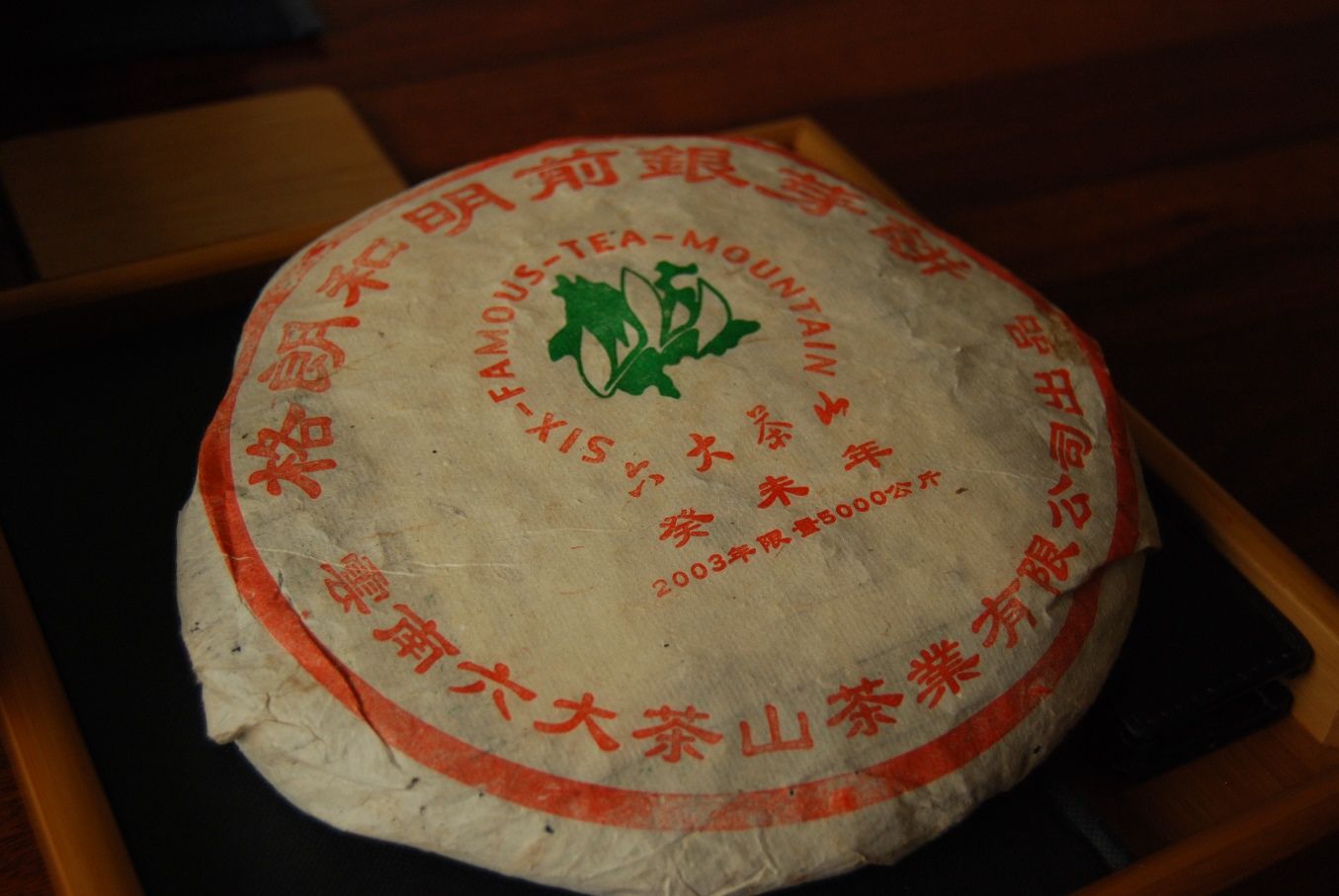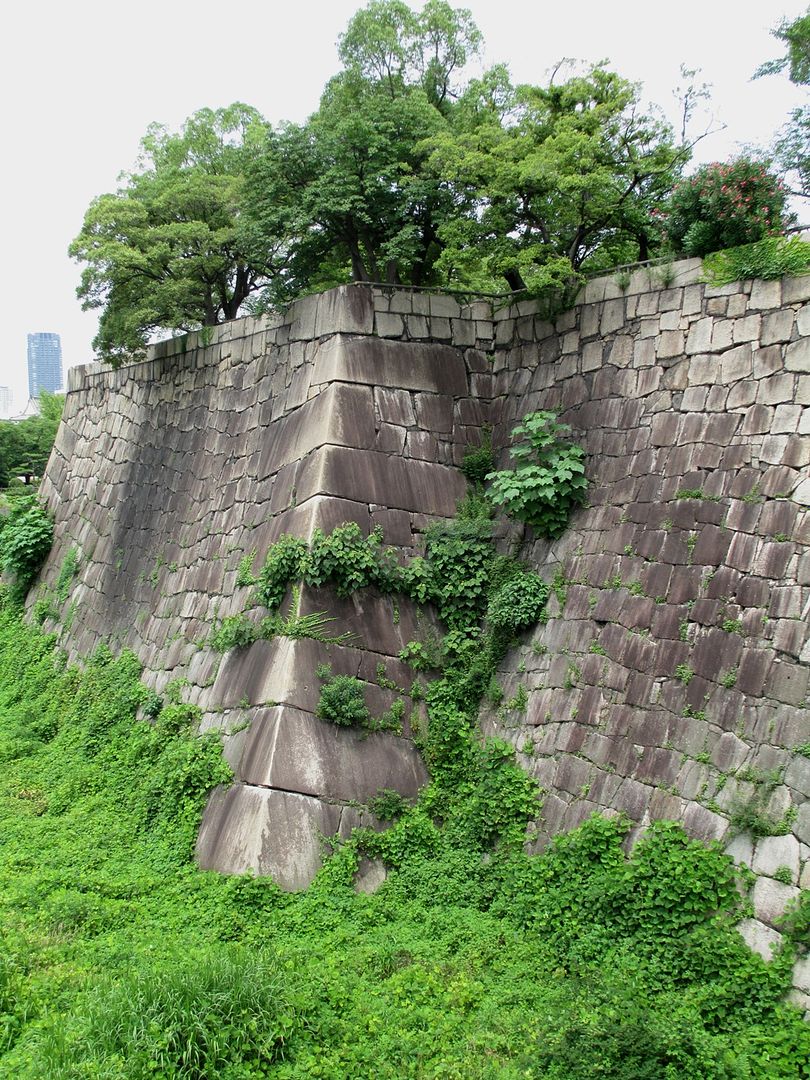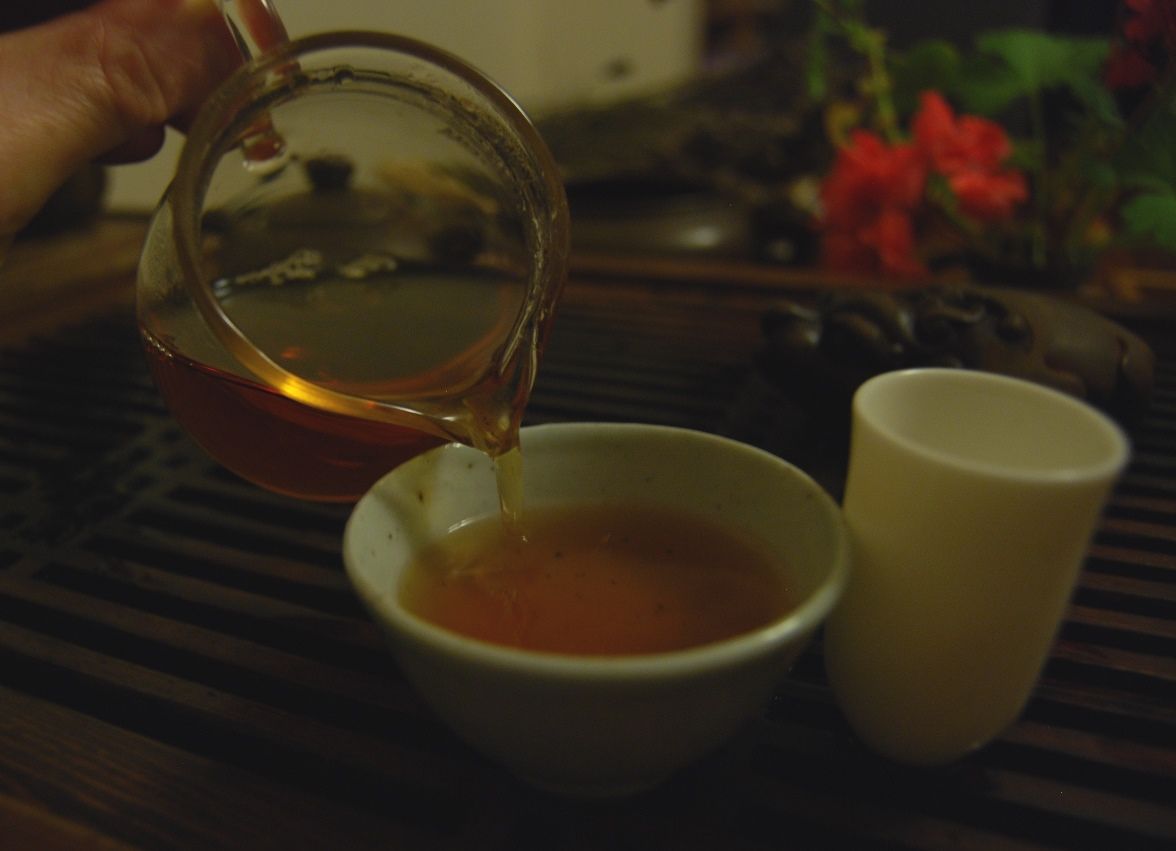Today's article covers a week in the world of Yiwushan, in which I've been focussing on getting to know some of the various villages, as my almost-depleted bag of samples allows. The motivating tea for this excursion was a sample generously provided by Prof. GV, who is now departed for an old British trading colony attached to the south of China. I suspect that his access to good tea has improved accordingly.
This is, as far as I can make out, "2006 Eight Pcs", or that could be "2006 Eight Pos". I suspect the former. Eight pieces? Pieces-of-eight, pirate style? If the good professor happens to be reading, perhaps he might be able to shed some light on this.
Funnily enough, I brewed this tea as a remedy for washing away the sins of a pesticide-laden cake in the previous session. The leaves have a dense and sweet aroma of good ol' Yiwushan that promises tongue redemption.
PIECES-OF-EIGHT turns out to be a spicy-sweet Yiwu with some warmth and decency in the straightforward style typical of the region. It has some backbone that keeps it going; even though I crammed a large quantity of leaves into the pot, I am rewarded with stability and sweetness, without scaling any heights of grandeur. It definitely put me in the mood for more Yiwushan tea, however, and that formed the focus of my sessions over the few days following.
Scraping the bottom of my sample bag for residue, I came across a packet of tea kindly provided by Eugene of
Tea Urchin, when the on-line shop opened some time ago. It looks as if Eugene has gone on to good things; the samples that I tried previously had the disadvantage of all being autumnal, and were consequently a little underwhelming.
Intriguingly, this tea is sold as being "Wangong" tea, although the product description reveals it is Dingjiazhai. This is sort-of, kind-of the eastern Yiwushan region, and often classified as "Mansashan". Wangong is rather sexy, as far as tea locations go, Dingjiazhai is about as sexy as old corduroy. Don't get me wrong, I love me my corduroy.
This is an autumnal cake from "Xinshenglihao", a brand so minor that it does not appear in the mighty
BABELCARP, long may she reign over us. I found the
Xinshenglihao "Xikong" to be good, but a bit simple compared with the competition from Yunnan Sourcing.
What you get for your $49/200g here, which is quite a lot for an autumnal cake, is some dark, sweet soup with a cooling penetration. It is, unsurprisingly, warm and rounded in the autumnal "guhua" style, without the aggression of springtime tea - this could be acceptable if you're looking for a muted drink-it-now cake, but will prove a hinderance to aging. There is little complexity but there is, at least, comfort. There is just an edge of kuwei [good bitterness], dimmed. By the fourth infusion, this cake has collapsed into mediocre Dingjiazhai territory.
Days later, I went into a session with the 2012 "Early Yiwu" cake from
Yunnan Sourcing ready to be underwhelmed.
Scott has demonstrated, over the course of the years, that he knows how to pick good cakes. I am always wary of "early season" cakes, however, because the emphasis is on rushing to market, and this can sometimes correspond to the sacrificing of quality. Scott has made this using leaves from Yibi and Luoshuidong, where I can honestly say that I don't think I've ever had a good pu'ercha cake from Luoshuidong. Hence the feeling of impending doom.
You have to go into pu'ercha with an open mind. The first few infusions of this tea were so watery that I was ready to confirm my schlerotic prejudice almost immediately. Thankfully, I soldiered on.
It turns out that this tea really needs four infusions to reach maximum speed. This is quite unusual in young tea, which is usually deceptively pleasant in the first two infusions, and which may then easily collapse after the third. If you're lucky, the tea will stay pleasant. This cake, however, bucked the trend, and actually got better during those first four infusions, until it peaked and remained stable. This is a characteristic shared by some of my favourite teas, and hints at the fact that the leaves might actually have quite a lot of density, in some sense, that needs some coaxing to turn into strong soup.

Eventually, the soup turns a thick yellow. By this time, the straightforward, almost empty, Yiwushan sweetness has swollen into something thick and proper. It has a heavy solidity that I appreciate, and the sweetness continues out until the ninth or tenth infusion. So, in this case, as so frequently occurs, my prior assumptions turned out to be false, and I should learn to give the tea its time in the sun. At $24/250g, it is quite nicely priced, too.
This was an article about Yiwushan, which I have totally misrepresented, because I want to finish with a tale of the 2010 Longfeng "Phoenix", which actually comes from Jieliang (near Laoman'e), in the Bulangshan region.
There was some soap-opea drama associated with the Longfeng brand, involving a cross-over with Yunnan Sourcing, as far as I recall, and which I hope to ignore as my tolerance for drama is extremely limited.
Much better to consider, the tea leaves (pictured below) are fragmented, and a little dark, but have the heavy scent of good sweetness.
This tea, as with the "Early Yiwu" cake described above, starts slow and watery. However, by the third infusion, it delivers a razor-sharp edge of sheer metallic kuwei that is unmistakeably "Bulangshan". I love it. The sensations in the mouth are simultaenously cold, which reinforces the "cold steel" feeling of this cake.
The core of sweetness develops as the perfect foil to the cold-steel kuwei. "This pure antisocial hatred is rather refreshing, and I am happy to brew it again and again."
I'm sure that this cake isn't available any more, but I loved its deadly ruthlessness. Fine stuff, and a great way to end a week that was otherwise spent pottering around in the sweet comfort of Yiwushan.

